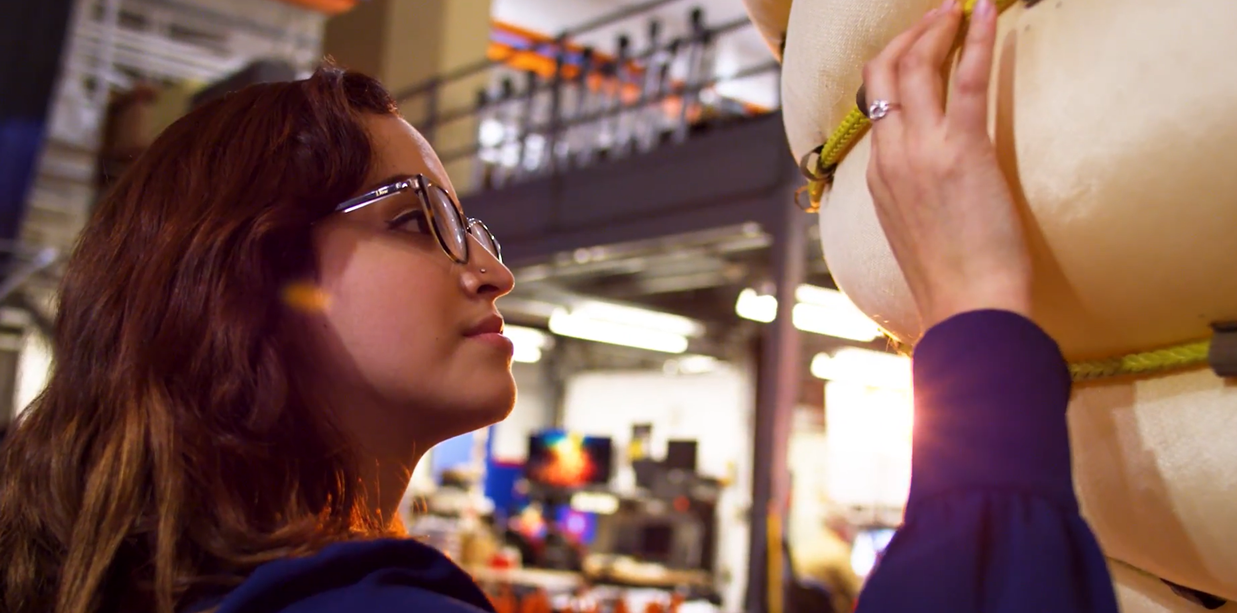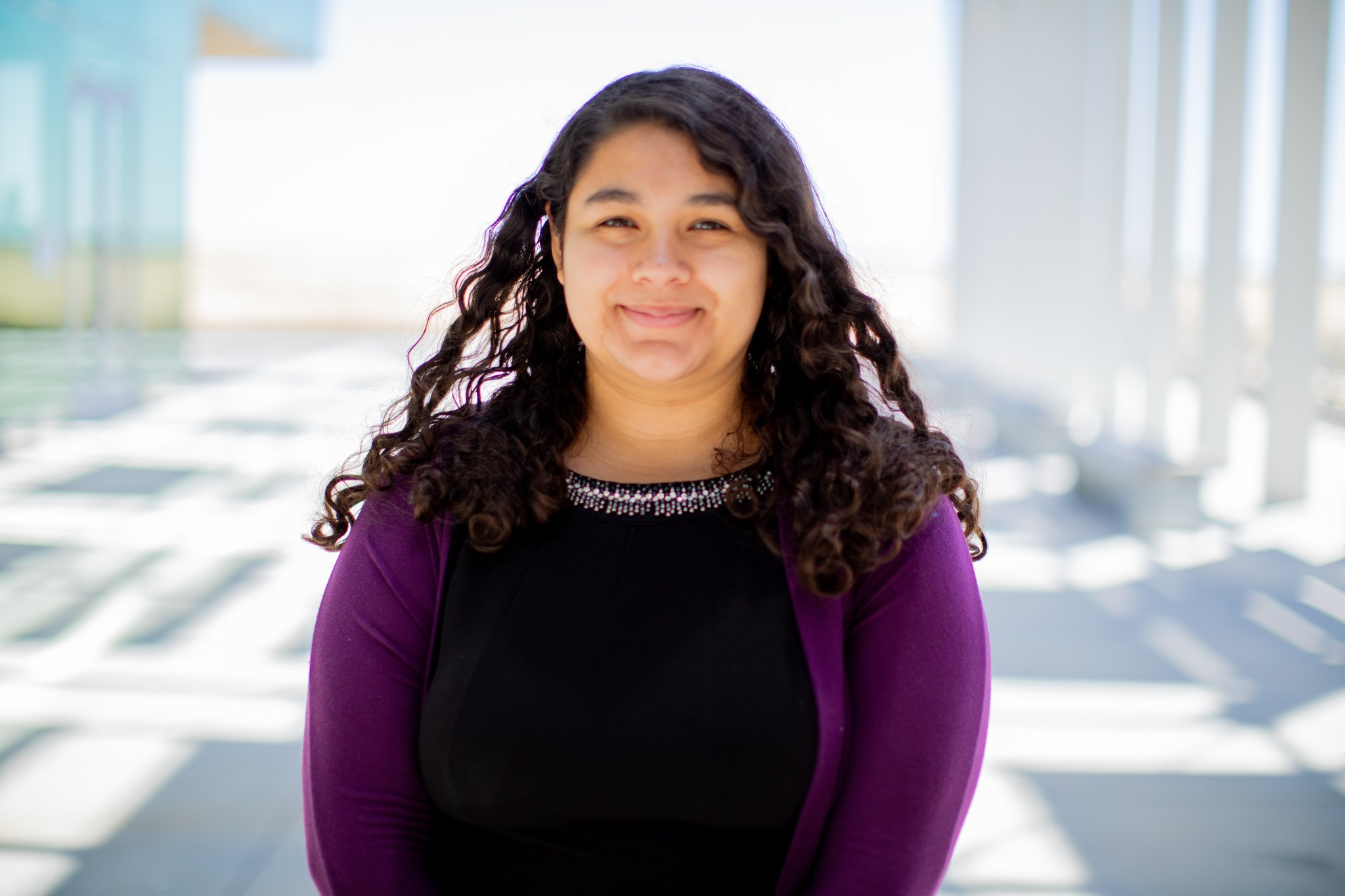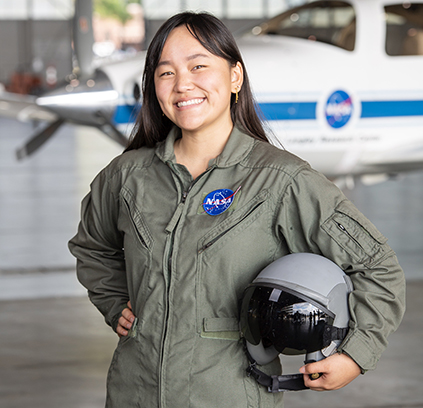

As NASA continues to push the boundaries of exploration further into space than ever before, the agency is looking to the next generation to join STEM fields, which are critical to mission success.

Students interested in science, technology, engineering and mathematics-focused careers can engage in educational opportunities at several universities around the country. Through an award system, NASA provides minority awardees the unique opportunity to contribute directly to the agency’s missions by delivering research and technology concepts.
One of these awardees is The University of California, Merced, where the Merced nAnomaterials Center for Energy and Sensing, also known as MACES, was established through a NASA cooperative agreement in 2015. Since then, MACES has provided research and university student support, aligned with NASA’s Space Technology Mission Directorate. These efforts have developed innovative technologies, including sensing platforms that enable lightweight, compact, high-performance energy conversion and storage for future space missions.
MACES has provided support to over 1,600 K-12 students through outreach activities such as hands-on STEM training with local high school students, and has funded 170 undergraduate students with fellowship awards to pursue degrees in STEM. These student awards were distributed to minority students including numerous first-generation college students.
Student Success
As an undergraduate chemistry major, Yaneth Hernandez has had the opportunity to work in a UC Merced chemistry lab with carbon nanotubes. These tubes are made of composite materials that are potentially useful for space applications, due to their unique combination of electrical, thermal, and mechanical properties. Through the program, Hernandez has observed a rising GPA, gained hands-on experience, and attained fuel for her drive toward obtaining her doctorate in chemistry in the near future.
Undergraduate student Jacqueline Bustamante, a chemistry and materials science major, has partnered with other students in STEM fields through the mentor program. She has been involved in the development and improvement of energy storage batteries that could be used for long-duration and deep-space missions that depend on efficient use of energy sources. Bustamante says she wants to contribute to increasing the role of women in science and give minority groups further opportunities for growth. After completing the MACES undergraduate program, Bustamante plans to attend graduate school, as well as work at a pharmaceutical company as a chemist and researcher.
Calista Lum is an undergraduate physics student who participated in an internship at NASA’s Langley Research Center in Hampton, Virginia in the summer of 2019. She was placed with a NASA mentor to work on a project related to understanding suitable nanomaterials that could shield space suits, ships and habitats from solar radiation. Her dream is to one day work at NASA on the mission to Mars.
NASA’s Minority University Research and Education Project’s Institutional Research Opportunity, or MIRO, managed through NASA’s Armstrong Flight Research Center Office of STEM Engagement in California, awards cooperative agreements to universities around the nation to perform research and education.
All MIRO awards are provided to minority-serving institutions to promote research capacity, expand aerospace research, increase workforce diversity, and strengthen STEM skills. These awards directly support NASA’s four mission directorates: Aeronautics Research, Human Exploration and Operations, Science and Space Technology. There are currently 20 active MIRO awardees across 14 different U.S. states and territories.
Learn more about MIRO at:
https://www.nasa.gov/stem/murep/miro




























